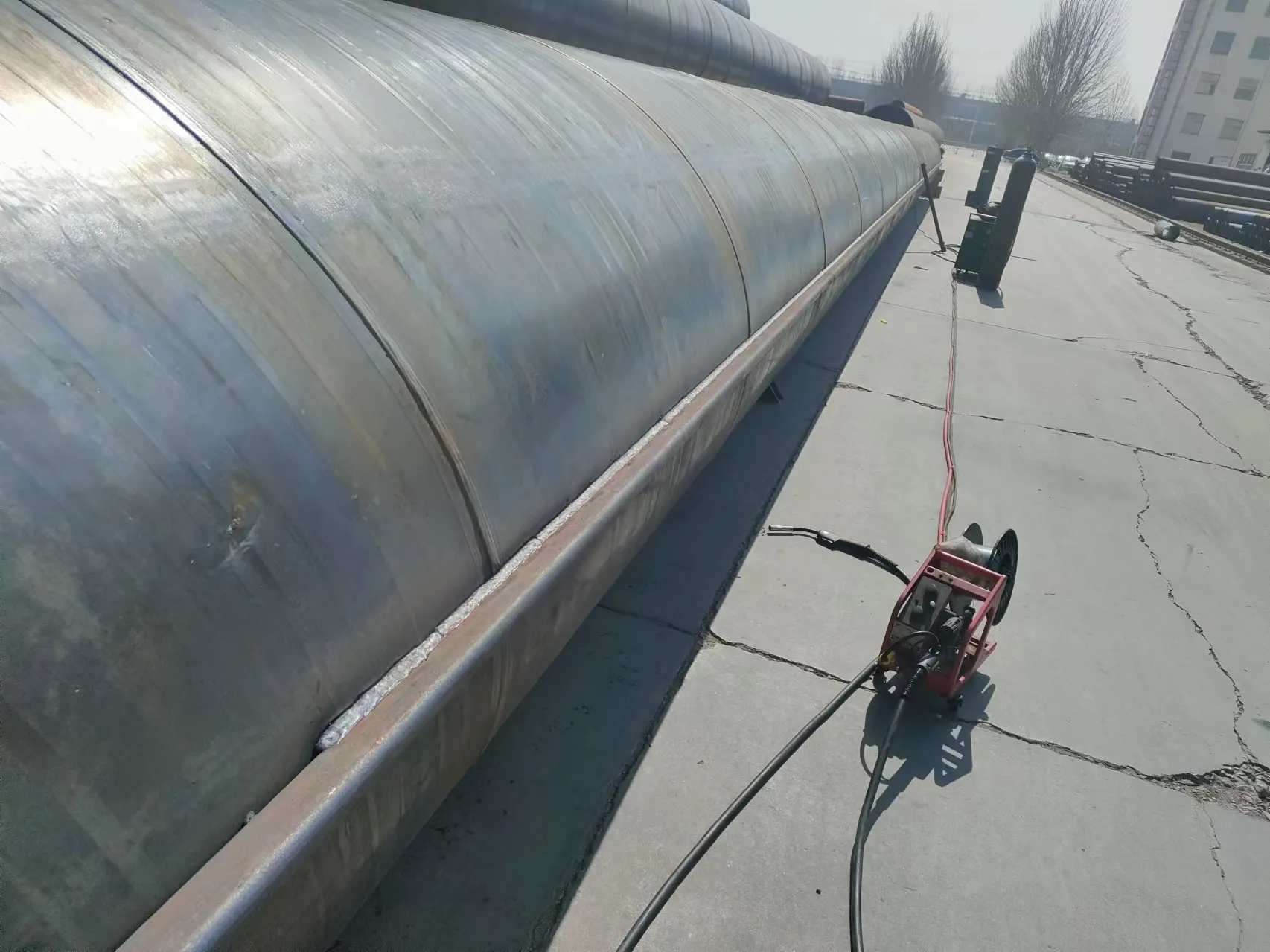-
Cangzhou Yulong Steel Co., Ltd.
-
Phone:
+86 13303177267 -
Email:
admin@ylsteelfittings.com
- English
- Arabic
- Italian
- Spanish
- Portuguese
- German
- kazakh
- Persian
- Greek
- French
- Russian
- Polish
- Thai
- Indonesian
- Vietnamese
- Zulu
- Korean
- Uzbek
- Hindi
- Serbian
- Malay
- Ukrainian
- Gujarati
- Haitian Creole
- hausa
- hawaiian
- Hebrew
- Miao
- Hungarian
- Icelandic
- igbo
- irish
- Japanese
- Javanese
- Kannada
- Khmer
- Rwandese
- Afrikaans
- Albanian
- Amharic
- Armenian
- Azerbaijani
- Basque
- Belarusian
- Bengali
- Bosnian
- Bulgarian
- Catalan
- Cebuano
- China
- China (Taiwan)
- Corsican
- Croatian
- Czech
- Danish
- Esperanto
- Estonian
- Finnish
- Frisian
- Galician
- Georgian
- Kurdish
- Kyrgyz
- Lao
- Latin
- Latvian
- Lithuanian
- Luxembourgish
- Macedonian
- Malgashi
- Malayalam
- Maltese
- Maori
- Marathi
- Mongolian
- Myanmar
- Nepali
- Norwegian
- Norwegian
- Occitan
- Pashto
- Dutch
- Punjabi
- Romanian
- Samoan
- Scottish Gaelic
- Sesotho
- Shona
- Sindhi
- Sinhala
- Slovak
- Slovenian
- Somali
- Sundanese
- Swahili
- Swedish
- Tagalog
- Tajik
- Tamil
- Tatar
- Telugu
- Turkish
- Turkmen
- Urdu
- Uighur
- Welsh
- Bantu
- Yiddish
- Yoruba

Nov . 21, 2024 05:03 Back to list
ansi blind flange
Understanding ANSI Blind Flanges Essential Components in Piping Systems
In the realm of industrial piping systems, the integrity and functionality of connections play a crucial role in maintaining operational efficiency. Among various components used in piping systems, ANSI blind flanges have emerged as indispensable elements that facilitate system maintenance and safety.
What is an ANSI Blind Flange?
An ANSI blind flange is a type of flange that is designed to close off the end of a piping system. Unlike standard flanges that connect two segments of pipe or equipment, blind flanges serve a distinct purpose they create a sealed barrier, preventing fluid from escaping from the piping system. The American National Standards Institute (ANSI) establishes specifications for these flanges, ensuring their compatibility and performance across various industrial applications.
Materials and Standards
ANSI blind flanges can be manufactured from different materials including carbon steel, stainless steel, and alloy steel, allowing them to withstand different environmental conditions and pressures. The choice of material typically depends on the nature of the fluid being contained, temperature ranges, and the specific application requirements.
The ANSI standard also outlines several pressure ratings, such as ANSI 150, 300, 600, and 900, which represent the maximum allowable pressure the flange can handle at a given temperature. Understanding these ratings is crucial for ensuring that the appropriate blind flange is selected for a specific application, preventing potential failures and leaks.
Applications of ANSI Blind Flanges
ansi blind flange

ANSI blind flanges are used in diverse industries, including oil and gas, water treatment, chemical production, and HVAC systems. They are commonly employed in situations where pipes are temporarily capped off, such as during maintenance procedures or when a line is taken out of service.
One of the primary benefits of using ANSI blind flanges is their ability to provide a static seal that can support high-pressure systems. This capability is vital in applications where safety is paramount, as it prevents the risk of leaks and catastrophic failures.
Installation and Maintenance
Installing ANSI blind flanges requires careful consideration to ensure proper sealing. The flanges should be aligned correctly with the pipe end, and appropriate gaskets should be used to create a tight seal. Bolt tensioning must be performed accurately to avoid over-tightening, which could lead to damage or stress fractures.
Maintenance of blind flanges is also crucial. Regular inspections should be conducted to identify any signs of corrosion, pressure loss, or wear. Such diligence helps in extending the lifespan of piping systems and ensures that they operate smoothly without unexpected interruptions.
Conclusion
In summary, ANSI blind flanges are vital components in the piping industry, providing safety, reliability, and functionality. Their role in sealing and isolating sections of piping underscores the importance of choosing the correct materials and adhering to standards. By understanding their specifications and applications, industry professionals can effectively utilize ANSI blind flanges to enhance the performance of their piping systems, ensuring long-term operational success and safety in various industrial environments.
Latest news
-
ANSI 150P SS304 SO FLANGE
NewsFeb.14,2025
-
ASTM A333GR6 STEEL PIPE
NewsJan.20,2025
-
ANSI B16.5 WELDING NECK FLANGE
NewsJan.15,2026
-
ANSI B16.5 SLIP-ON FLANGE
NewsApr.19,2024
-
SABS 1123 FLANGE
NewsJan.15,2025
-
DIN86044 PLATE FLANGE
NewsApr.19,2024
-
DIN2527 BLIND FLANGE
NewsApr.12,2024
-
JIS B2311 Butt-Welding Fittings LR/SR 45°/90° /180°Seamless/Weld
NewsApr.23,2024











